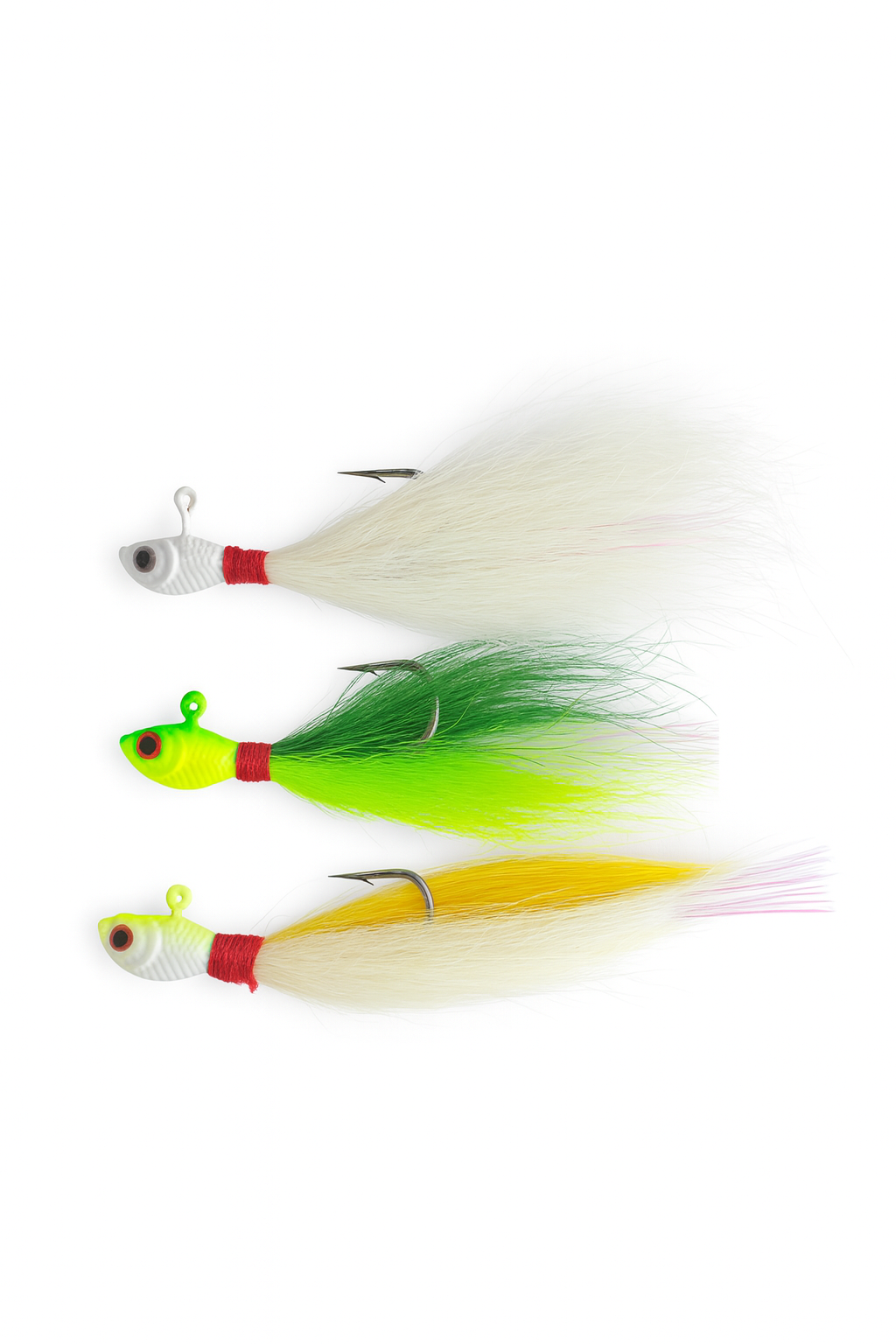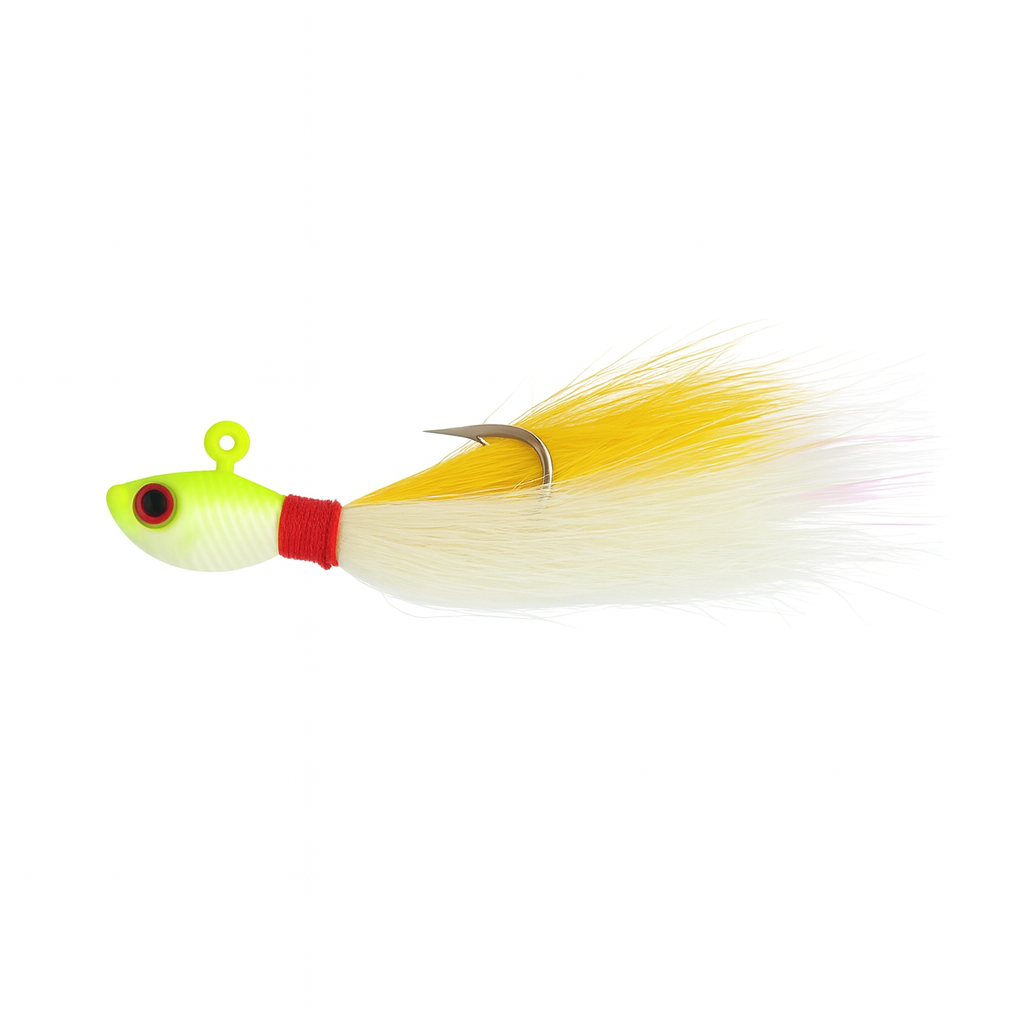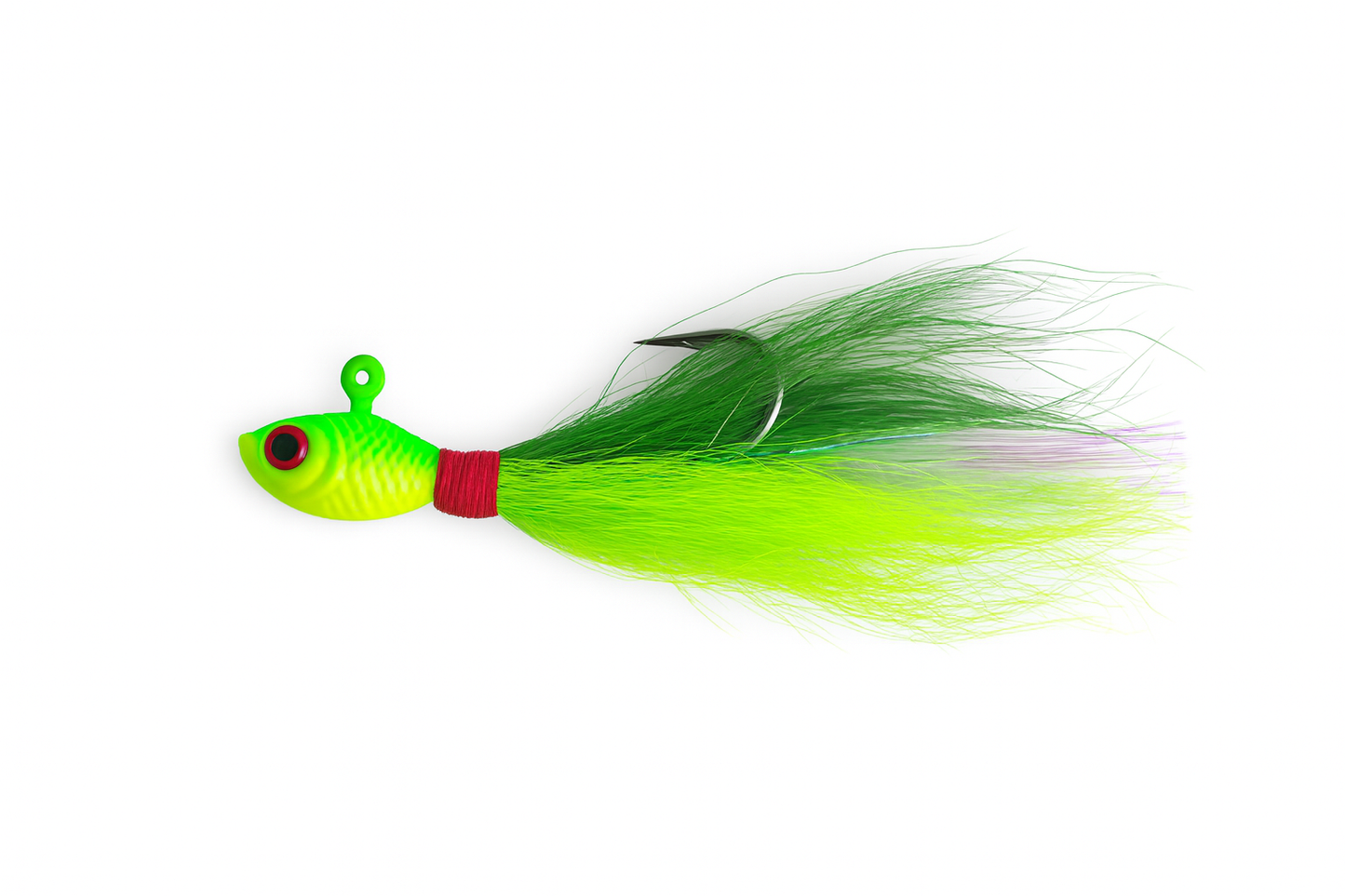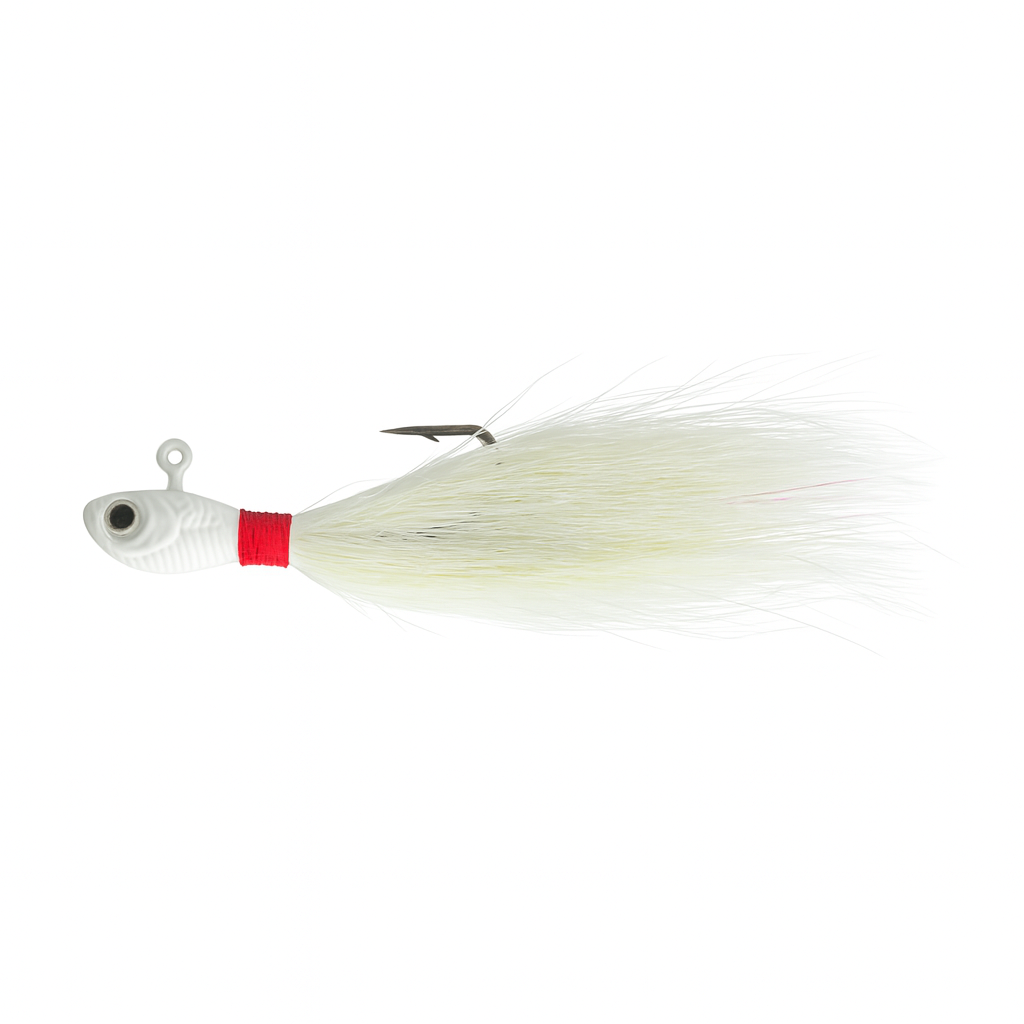Catching Pinfish in Southwest Florida
Share
Catching Pinfish in Southwest Florida
If you’ve spent any time fishing in Southwest Florida, you already know how important bait is for a successful day on the water. Pinfish are one of the most common and effective baits for inshore and offshore species alike. Hardy, abundant, and irresistible to predators, pinfish are a must-have when targeting snook, redfish, grouper, tarpon, or just about any other game fish in the region.
Why Pinfish Are a Favorite Bait
Pinfish thrive in local waters, which makes them a natural prey item for larger species. Their shiny sides, constant movement, and natural schooling behavior catch the attention of predators quickly. On top of that, pinfish are tough—able to survive in a bait bucket, livewell, or hook for long stretches without giving up. That durability is what makes them one of the top live baits in Florida.
Finding Pinfish in SWFL
You’ll typically find pinfish around shallow grass flats, bridge pilings, mangrove edges, and sandy potholes. They like structure and grass where they can feed on algae and small crustaceans. If you’re not sure where to start, drop anchor on a grassy flat in 3–6 feet of water and you’ll likely see them show up once you chum.
Chumming for Pinfish
The easiest way to bring pinfish within reach is to chum them up. You can buy frozen chum blocks from bait shops or make your own with ground-up baitfish, cat food, or oats mixed with menhaden oil. Drop the chum in a mesh bag over the side of the boat and within minutes, you’ll see the pinfish circling. Once they’re schooling, it’s time to catch them.
Throw Netting for Pinfish
A cast net is the fastest and most efficient way to load the livewell. Most anglers prefer a 6–8 foot cast net with ¼–⅜ inch mesh, which is the perfect size for pinfish. Watch the water for flashes and movement, then make your throw over the school. With a good cast, you can haul in a dozen or more pinfish in one shot. Be sure to shake the net carefully into a bucket or livewell so you don’t injure your bait.
Sabiki Rigs for Pinfish
If you’d rather catch them one at a time—or want to make it more interactive—sabiki rigs are another great option. These rigs feature multiple small hooks, usually six, tied in a series with flashy material that attracts pinfish. In Southwest Florida, sizes 6 to 8 sabiki hooks work best, paired with a 1–2 oz weight depending on current. Drop the rig into the chum cloud, jig it lightly, and you’ll often bring up two or three pinfish at once. For even better results, tip the hooks with a small piece of shrimp, squid, or fish.
Keeping Pinfish Alive and Healthy
After you’ve caught your bait, the key is keeping them lively. Pinfish need constant oxygen, so use a quality aerator or livewell with circulating water. Avoid overcrowding because too many pinfish in one tank will quickly stress them out. When handling, be careful of their sharp dorsal spines, and use a small dip net instead of grabbing them by hand whenever possible.
Final Tips for Success
Plan ahead and allow enough time to catch bait before you start fishing. Chum in areas with grass flats or structure for the best results. Keep sabiki rigs organized to prevent tangles and always have a backup method—if the cast net isn’t working, switch to a sabiki rig and vice versa.
Catching pinfish in Southwest Florida is not only effective, but it can be a fun part of the fishing trip itself. Whether you’re loading up with a cast net or filling a bucket with sabiki rigs, pinfish will give you the edge you need when it’s time to target the bigger fish.






